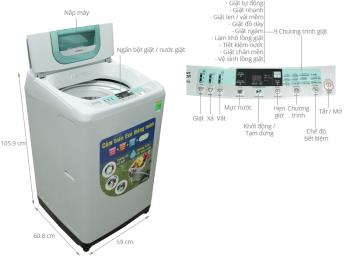Hair Bob 2020 Summer: 80 beautiful trendy cuts

2020 summer bob haircuts most beautiful and trendy worn by the stars and proposed by famous hairdressers. Lots of images and ideas to inspire you!
Today, LED TVs are quite popular with all families, but not everyone knows how to use LED TVs properly and maintain hygiene to enhance the longevity of the TV. The following article from WebTech360 will show you how to use LED TV for a long time.
This is a trick that is probably quite common that every consumer knows, but not everyone does it. Simply put, many people have the habit of leaving the TV open all day, only leaving the sound in the house, while not watching TV and busy doing other jobs.
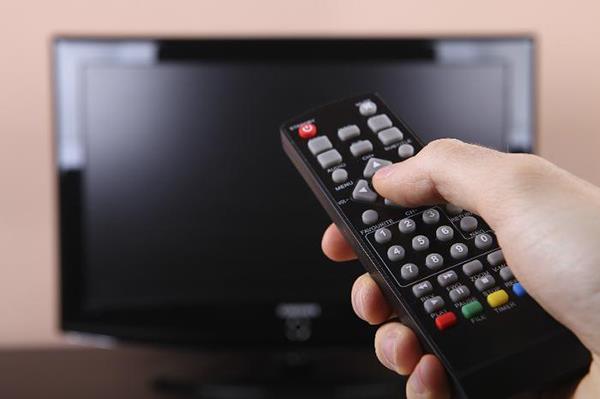
Turn off the TV when no one is using it
60,000 hours seems like a long time, but if you use the TV 3 hours / day, 1000 hours a year. Therefore, turning off the TV when not in use is the simplest way to increase the life of your LED TV screen and reduce your electricity bill.
With your household and room quite ventilated or dark, you should adjust the TV brightness to suit your space.
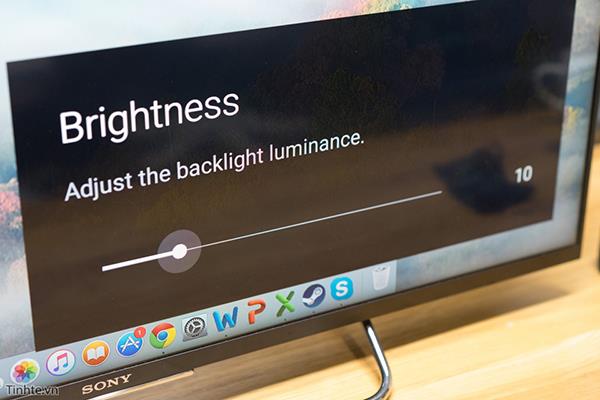
In dark spaces, you should reduce the screen brightness to a low level, and the average brightness when the space is well-lit because if the brightness is at the highest level, it will reduce the life of the LED screen. You should know, the life of the LED screen is 60,000 hours, if you increase the brightness to the maximum for a long time, it will double the life of the LED display from 60,000 hours to 30,000 hours because the TV must work twice as hard to keep that brightness level.
>>> See more: Things to note when using TV
Contrast is understood simply as measuring the difference between the brightest and the darkest areas. With the high contrast, the more power the TV uses, which is not a good thing for the longevity of the TV screen.
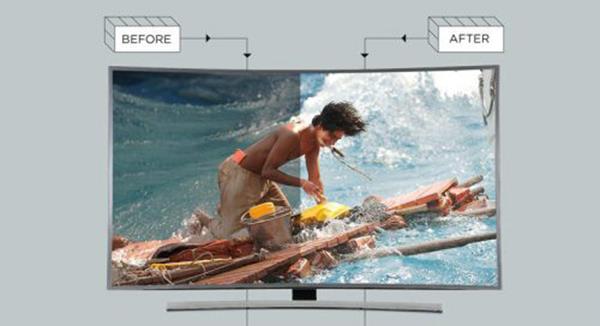
Adjust the contrast accordingly
In showrooms, TV shelves, most LED TVs usually leave the screen in "vivid" mode, increasing the contrast to the highest level to attract consumers' eyes. For everyday use and with regard to longevity and long term use, you should reset the contrast level to "standard" to use the least amount of power.
For many families, an LED TV is one of many other electronic devices. The fact that many electronic devices work at the same time will cause a temporary voltage drop and greatly affect your TV.
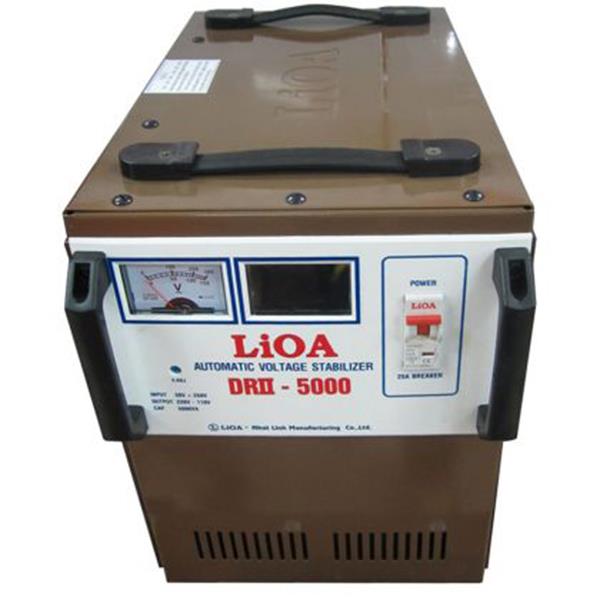
Install a stabilizer to protect your TV
In the past, quite a few TVs did not reach the lifespan as promised by the manufacturer because the TV was damaged due to a sudden surge in voltage. Therefore, you should install a voltage regulator to protect your TV and protect all other electronic devices in the home to operate in the best state and the best longevity.
>>> See more: Absolute positions should not be placed TV
Like other electronic devices, TVs use quite a bit of energy and those energy turns into heat and that amount of heat is cooled by the air set.
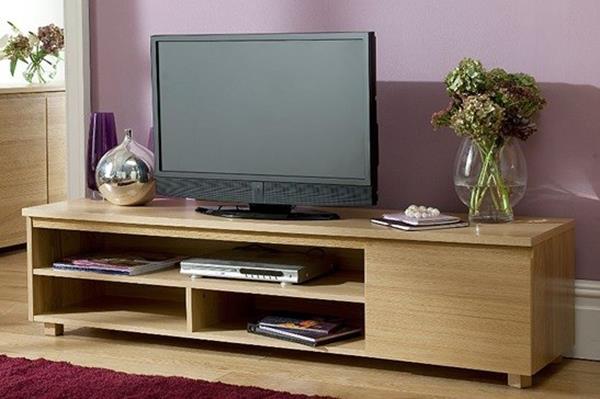
Install the TV in a cool place with good heat dissipation
Many people often install the TV in the cabinet frame, the wall corners prevent the TV's heat dissipation, causing the amount of heat not to be released, affecting internal components and the display circuitry, making the life short. You should install the TV 10cm away from the wall or put it in a cool place and near the ventilation fan to keep the cooler in its best condition.
>>> See more: Tips to use TV effectively and save electricity
2020 summer bob haircuts most beautiful and trendy worn by the stars and proposed by famous hairdressers. Lots of images and ideas to inspire you!
Many hairstyles for straight hair to be copied and the tutorials to learn how to make them in a few simple steps. Here are the most beautiful hairstyles.
Does eating durian while breastfeeding affect breast milk taste or cause digestive issues? Find out whether nursing mothers should eat durian.
Learn how to replicate Renée Zellweger’s beautiful makeup from the BAFTAs, featuring useful tips and a list of products for an elegant and luminous look.
Discover the best washing machine brands such as Hitachi, Candy, Midea, Beko, and Whirlpool with our detailed reviews. WebTech360 helps you choose the best washing machine that suits your needs.
Available in the Vietnamese market since 2001, Darling TV is gradually becoming familiar to users. Discover if Darling TV is good and durable, alongside the top 3 models worth buying.
Deciding whether to buy a Hitachi or Samsung refrigerator is challenging, as both brands are synonymous with quality and luxury.
Discover how to effectively use the Toshiba AW-A800SV washing machine control panel with our detailed guide!
WebTech360 provides simple steps for updating software on your Toshiba Smart TV to enhance performance and access new features.
Are longans harmful for pregnant women? Discover safe consumption practices for longan during pregnancy and the potential risks involved.
Discover the trendy men
Learn how to use Skype on your Smart TV TCL for seamless communication. This guide covers installation, login, camera connection, and more.
Learn how to bookmark websites on your Skyworth Smart TV for easy access to your favorite content with WebTech360.
When running a newly purchased refrigerator, you notice the sides heating up, raising concerns about a potential fault. This article from WebTech360 provides insights into this phenomenon.
Discover why buying a Panasonic refrigerator could be the right choice for you. Learn about its advantages, technologies, and energy efficiency.
Discover the best washing machine brands such as Hitachi, Candy, Midea, Beko, and Whirlpool with our detailed reviews. WebTech360 helps you choose the best washing machine that suits your needs.
Available in the Vietnamese market since 2001, Darling TV is gradually becoming familiar to users. Discover if Darling TV is good and durable, alongside the top 3 models worth buying.
Deciding whether to buy a Hitachi or Samsung refrigerator is challenging, as both brands are synonymous with quality and luxury.
When running a newly purchased refrigerator, you notice the sides heating up, raising concerns about a potential fault. This article from WebTech360 provides insights into this phenomenon.
Discover why buying a Panasonic refrigerator could be the right choice for you. Learn about its advantages, technologies, and energy efficiency.
Considering a 55 inch or 65 inch TV for a space under 25m²? Explore expert recommendations in this informative article to make the best choice for your room!
Infrared stove is favored by many consumers and is a substitute for traditional gas stoves. However, not everyone uses the infrared stove properly. Here are the common mistakes that you should avoid to use infrared cookers safely and effectively.
Discover effective methods for preserving banh chung and banh tet through proper storage to prevent mold and rancidity. Learn from WebTech360 on how to enjoy these traditional Vietnamese dishes safely!
Explore the differences between direct drive and indirect drive washing machines, their features, advantages, and disadvantages to make an informed decision for your home. WebTech360 provides insights to help choose the right washing machine for your family needs.
Discover the advantages of soft freezing technology found in modern refrigerators, enhancing food preservation and convenience. Learn how this technology ensures your family
Discover the revolutionary Punch + 3 technology in LG washing machines that increases cleaning efficiency and reduces tangles for a better laundry experience.
Explore the features and benefits of Hitachi and LG refrigerators to make an informed choice. Are Hitachi or LG refrigerators the best fit for you?
Discover the differences between Electrolux and Hitachi refrigerators including features, prices, and technology to make an informed choice.
Discover how to distinguish real and fake Bose 301 speakers effectively with our comprehensive guide because of the brand
Comparing Hitachi and Panasonic washing machines to help you choose the best option for your needs.



